MARKET OVERVIEW
The Global Medical Tapes market is an indispensable part of health care that provides the solution which will forever hold its value for both medical practitioners and patients. Medical tapes are primarily utilized for dressing wounds, surgical dressings, and fixing apparati such as electrodes and catheters. As technologies improve, the future of the Global Medical Tapes market will be centered around further innovation, such as specialized tapes for a range of different medical uses.
Tapes with better properties, including stronger adhesion, breathability, and resistance to moisture, will be released by companies so that healthcare workers can rely on them in emergency cases. These tapes will also become more advanced, designed to the specifications of different patient conditions. In the near future, the medical tape market will move increasingly towards manufacturing tapes that contribute to quicker recoveries.
Medical professionals can use a variety of tapes for application with specific categories of wounds, ranging from minor cuts to more extensive surgical wounds. The growing use of tapes providing antimicrobial properties could be a significant contributor to lowering the infection rate as well as patient outcomes. Tapes with easy peel-off properties will also appear in the market, therefore reducing discomfort for patients and increasing healing. There will be more demand for medical tapes as the healthcare services increase globally, particularly in the developing markets. As clinics and hospitals continue to adopt newer technology in their treatment, the medical tapes will adapt to keep up.
There will also be more diverse medical equipment that will necessitate specialty tapes to maintain this equipment in position. With the medical industry more and more emphasizing optimizing patient care, the use of medical tapes will be a key factor in its optimization. Use of medical tapes will also become more prevalent at home care as more individuals turn to care delivered at home. The growing use of minimally invasive therapies and diagnostic technology will continue to support the demand for quality medical tapes. As non-invasive treatments become more popular, medical tapes will be made for maximizing patient comfort while holding necessary medical devices in place. Medical professionals will increasingly depend on advanced medical tapes to support wound care and other therapeutic treatments.
Apart from surgical and wound care uses, the Global Medical Tapes market will see increasing applications in other areas of healthcare. The increasing adoption of wearable health monitoring devices will necessitate medical tapes that can securely attach sensors and electrodes to the skin for long periods. This will further increase the use of such devices in monitoring vital signs and chronic disease management. With the market growing rapidly, new players will emerge with unique offerings that address specialized needs, ensuring that the market remains competitive and diverse.
The future of the Global Medical Tapes industry will be directed by changing health trends. There will be increased emphasis on manufacturers to develop top-performing and affordable solutions to enhance patient satisfaction and care. With patient-oriented strategies becoming an integral part of healthcare systems in the world, the medical tape market will only continue to innovate and address changing needs of current medicine, supporting its vital importance in healthcare in the years to come.
Global Medical Tapes market is estimated to reach $3983.7 Million by 2032; growing at a CAGR of 4.1% from 2025 to 2032.
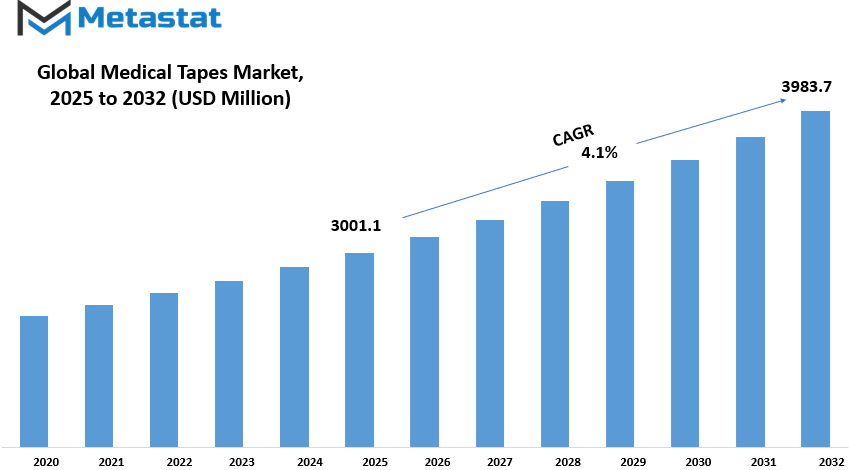
GROWTH FACTORS
The global medical tapes market has attained phenomenal growth due to several factors affecting the demand expansion. The most important of these factors is that more and more advanced wound care solutions are being invented. Patients and healthcare providers always tend to look for better treatment options in wound management, and medical tapes are now indispensable as not only are they used to secure dressings and bandages, they also assist in faster and more effective healing. As modernization in medical science continues to evolve, the increased demands for medical tapes according to the requirements of modern healthcare have greatly contributed to their global adoption.
In addition, increased healthcare expenditures are estimated to significantly boost the medical tapes market over-a period. More governments and private sectors are investing heavily in healthcare systems; it follows that the demand for a broad spectrum of medical products will include medical tapes. Improved and expanded healthcare systems will only increase the need for high-quality medical products, like these tapes, in the future.
Nonetheless, there may be certain barriers that the market faces in its growth. For one thing, stringent regulatory requirements can be a major constraint. Medical tapes are bound by strict guidelines and standards, so such tapes manufactured take a slower process of manufacturing and approval. Such regulations are designed to ensure efficacy and safety, but they may be a hindrance for new companies to come in or old companies to launch new or innovative products. Complexity in the approval process typically translates to a longer period for medical tape producers before they can sell their products, which can negatively impact their growth.
The cost of specialized medical tapes is yet another hurdle, especially in the developing nations. Advanced medical tapes which have unique features of better adhesion, breathability, and flexibility usually come at much higher costs. These tapes will never be accessible to a larger populace in developing countries which have constrained health budgets since their pricing limits many potential users. The overall market reach may be limited especially in low-income countries.
However, the market harbors great opportunities. One of them is the rapidly increasing trend of home healthcare. The more people prefer to get their treatments done at home, the more the demand on medical tapes for managing wounds and dressings away from hospitals increases. Then there are ever-improving technologies being invented that are making these products more versatile and efficient. Innovations in newer developments result in lesser complexity while offering a more comfortable fit and a better fit for a variety of medical needs. That innovation will keep pushing demand and widen the scope of what the medical tapes market has to offer.
MARKET SEGMENTATION
By Type
The various segments of the global medical tapes market comprise types, each of which fulfills a particular aspect of user needs or application in the healthcare sector. A major segment in this regard is accounted for by fabric tapes, amounting to as much as $787.4 million not to mention utilization area and aspect. These are great because they are flexible and comfortable for securing dressings, wounds, or medical devices, and thus, hospitals as well as home care often tend to choose them. Besides, the fabric makes the tape conform easily to different body contours, offering durability as well as breathability.
Another category in the medical tapes market includes paper tapes, which are lightweight and thus often chosen. These are normally used for light-duty applications like securing bandages or in situations where mild adhesion is needed without causing too much irritability on the skin. This makes paper tapes popular in the highly sensitive or delicate areas of the body, where a soft touch is needed for the comfort of patients.
Plastic tapes are yet another strategic market segment. Compared to the previous types of tapes discussed, plastic tapes are fairly rigid and come with strong adhesion intended for very secure and long-lasting applications. This tape may be employed in a range of medical applications, including wound dressings, securing catheters, or even surgical site preparation. The material's resilience and resistance to moisture make it highly dependable in challenging medical applications.
There remains the category "Others," which simply means medical tapes that do not fall into the major categories: fabric, paper, and plastic. These include silicone-based tapes as well as other varieties with special uses. Although not commonly used as the mainstream ones, these specialized tapes have much to offer in terms of servicing specific medical needs.
Thus, varied in itself, the global medical tapes market is aptly suited to different aspects of patient care-those of fabric, paper, plastic, and other specialized medical tapes-will continue to advance into evolving needs of health providers by offering differing levels of comfort, adhesion, and durability. Each type boasts its qualities-their complementing strengths guaranteeing nearly every medical scenario solution within reach.
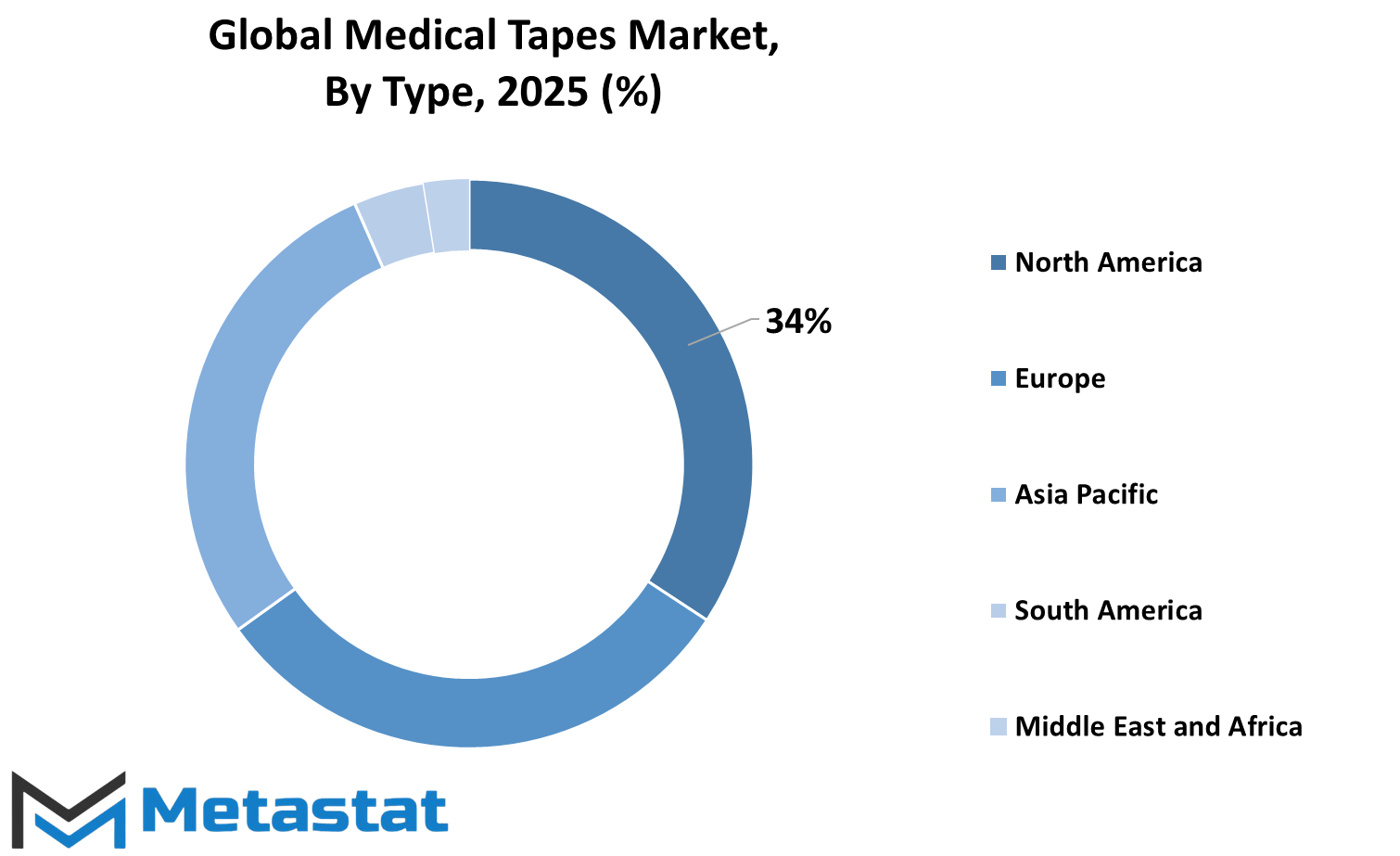
By Fabric Tapes
Medical tapes are a steady-on-the-go growing market all over the world, and segmenting into different varieties determines the type of products that can be and their application. Fabric medical tapes are the leading medical tapes all over the market. They can be used in various applications; these include the holding of dressings, splints, and fittings or equipment that exhibit good adhesion and skin friendliness. The fabric tapes are further classified into types, each having specific properties and advantages.
Acetate tape fabric is widely demanded for a number of reasons, but mainly for its strength and durability. They are generally used in applications that require high adhesion. Acetate medical tapes are also flexible and can find applications in movement. On the other hand, viscose clothing tape is known for its absorbency, which then offers its consideration as an easy wound dressing product. Viscose cloth tape is very pleasant to the skin and soft enough for the patient to be allowed to wear it many hours.
Cotton clothing tapes are very common to see in the market. Cotton is a very soft and well-ventilated product, which makes it extremely suitable for being very long-wearing tapes. Such tapes find their usage where skin irritation could be an issue. Silk tapes are less in use but are selected based on their silky surface and non-irritant nature. They are usually applied to specialized uses when a gentle, non-irritating substrate is needed, e.g., on sensitive body areas.
The polyester fabric tapes are also widely available in the market. They provide excellent tensile strength as well as resistance to moisture and are hence perfect for various applications in the medical field. The polyester tapes have been found to be long lasting and to retain their position strongly without requiring multiple replacements. Moreover, there are other medical tapes available in the market that do not belong to these particular categories. These can be tapes produced from different blends or new materials that are created for certain medical requirements.
With the growing demand for medical tapes, manufacturers keep coming up with new fabric materials to cater to the changing demands of healthcare professionals and patients. This expansion and development in the medical tapes market's fabric tapes segment are a testament to the dominance of this category in the medical industry as a whole. With so many types of fabrics from which to choose, medical staff can select the optimal tape for every scenario, maximizing patient comfort and providing the level of security and support that is required.
By Application
The international medical tapes market is an emerging part of the healthcare industry, with many applications in medical procedures and patient care. Application-based is an important segment of this market that addresses end-use regions like surgery, wound dressing, securing IV lines, etc. These uses perform significant functions for safety, comfort, and welfare during the treatment process.
Typically, medical tapes serve to hold dressings and surgical wounds together, maintaining cleanliness and fewer opportunities for infection. Adhesive and porous in character, the tapes stay put while offering secondary skin ailments for patients throughout recovery. The impact of medical tapes in surgery is directed towards the protection of the surgical site to prevent contamination and support in the healing process.
Wound dressing is the most important application of medical tapes and holds a bandage or gauze in a manner that it does not shift or fall off. Medical tape is essential in the proper care of wounds as it keeps the dressing intact, does not allow dirt or bacteria to enter the wound, and is also the most suitable to use. Wound dressing medical tapes are designed to be friendly to the skin and, under prolonged wear, do not cause further insult to the skin.
This medical tape also secures IV lines, yet another major area of importance in medical use. These IV lines generally go inside a person's body and provide fluids, medicines, or nutrients directly to the bloodstream. The medical tape then helps secure the IV lines for the deliberate patient treatment. These tapes should be sturdy and should also withstand movement and pressure and yet retain their adhesion. Skin-friendliness is required to avoid irritating the patient, especially in sensitive ones.
Besides these main uses, medical tapes also have several other applications in healthcare, such as anchoring medical devices, giving support around joint injuries, and keeping a person monitored. Certainly, these demonstrate the wide use of medical tapes in different medical needs. The varied applications and constant development in materials and adhesives technologies ensure that medical tapes have a bright future, further evolving towards better solutions for patient care and medical treatments.
|
Forecast Period |
2025-2032 |
|
Market Size in 2025 |
$3001.1 million |
|
Market Size by 2032 |
$3983.7 Million |
|
Growth Rate from 2024 to 2031 |
4.1% |
|
Base Year |
2024 |
|
Regions Covered |
North America, Europe, Asia-Pacific, South America, Middle East & Africa |
REGIONAL ANALYSIS
The global medical tapes market is segmented on a regional basis into North America, Europe, the Asia-Pacific region, South America, and the Middle East and Africa. This subdivisions then get further split into countries and regions that are important to analyzing market trends and dynamics.
In North America, countries mentioned are U.S., Canada, and Mexico. All three countries have a significant share of the medical tapes market mostly due to the support a strong healthcare infrastructure nowadays gives with an aging population and the higher demand for medical products. The U.S., being the leading healthcare market in the world, is the key to the growth of this industry.
Europe contains large markets such as the UK, Germany, France, and Italy, along with the rest of Europe. Lately, growing healthcare expenditure in Europe and an increase in the number of procedures that fuel demand for medical tapes have become apparent within the structure of the established healthcare system of the European region. This market is therefore reflective of the highest standards of patient care and of a high embrace of new medical technologies in that area.
Asia-Pacific is home to some of the largest nations of populations globally, namely India, China, Japan, and South Korea (Rest Asia-Pacific). The market growth of medical tapes is expected to run very fast, catering to the needs of large as well as elderly populations with fast-changing advanced medical facilities. An increase in the number of surgeries and medical procedures across nations like India and China further contribute to this market's expansion.
The South America covers Brazil, Argentina, and the Rest of South America. The increasing number of health care facilities and the requirement for medical supplies in developing countries with their health care systems influence a country in this region demand for medical tapes. Brazil, the largest in this region, plays a strong role in influencing the medical tapes market here.
The Middle East & Africa region comprises the GCC countries, Egypt, South Africa, and the Rest of the Middle East & Africa. This market segment has been characterized by slow growth, especially in the GCC countries where the improvement of healthcare infrastructure progresses rapidly. Egypt and South Africa account for significant input in this market since both countries have invested in advancements in healthcare.
Now it can be seen that since the geographical segmentation of the medical tapes market has been done, this clearly shows that every region has its uniqueness but is cast under the umbrella of advancement and demand for medical supplies.
COMPETITIVE PLAYERS
The global medical tapes market is a major segment in the healthcare and medical industry, providing necessary products for a variety of medical applications. Medical tapes are used to hold dressings, medical devices, and wound care and also in therapeutic support. The market has seen great growth with the growing demand for health care services, the spread of chronic diseases, and the development in medical technology.
There are several major players who drive the expansion and development of the market for medical tapes. At the top of the pack are long-established firms such as 3M Company, a name familiar in medical supplies for decades due to its quality products and reputation for being on the market. Smith & Nephew PLC is also a leading company with a huge variety of medical tapes that are greatly appreciated for being of superior quality and reliability in both wound care and surgery. Paul Hartmann AG is also a key player, providing medical tapes with secure adhesion to the skin while being gentle, which is very essential for patient comfort.
Lohmann & Rauscher (L&R Group), NICHIBAN Co., Ltd., and Beiersdorf AG (TESA) are some more examples of market leaders that are molding the market with their wide range of products. They continue innovating, ensuring that their tapes serve various needs, from surgical procedures to treating chronic wounds. Medline Industries, LP. has built a strong niche in specializing in the provision of quality, affordable medical tape products widely utilized in clinics and hospitals.
Nitto Denko Corporation, McKesson Corporation, and Cardinal Health have also made a name for themselves by offering a wide range of medical tape solutions that meet the specific needs of healthcare professionals. These companies have a wide distribution network, so their products are readily available to hospitals, clinics, and medical suppliers around the world.
Others include Essity AB (Leukoplast), Gergonne Industries, AdvaCare Pharma, and Soest Medical Group which contribute their fair share in generating the market diversity by offering specialist medical tapes with specific functions. Their solutions assist healthcare practitioners in maintaining the right wound care and support in patients during their recovery.
As the demand for medical tapes expands, these organizations will continue leading the market through new product lines and development as well as further enhancements of already existing products in order to respond to the demand of both medical professionals and their patients.
Medical Tapes Market Key Segments:
By Type
- Fabric Tapes
- Paper Tapes
- Plastic Tapes
- Others
By Fabric Tapes
- Acetate
- Viscose
- Cotton
- Silk
- Polyester
- Others
By Application
- Surgery
- Wound Dressing
- Secure IV Lines
- Others
Key Global Medical Tapes Industry Players
- 3M Company
- Smith & Nephew PLC
- Paul Hartmann AG
- Lohmann & Rauscher (L&R Group)
- NICHIBAN Co., Ltd.
- Beiersdorf AG (TESA)
- Medline Industries, LP.
- Nitto Denko Corporation
- McKesson Corporation
- Cardinal Health
- Essity AB (Leukoplast)
- Gergonne Industries
- AdvaCare Pharma
- Soest Medical Group
WHAT REPORT PROVIDES
- Full in-depth analysis of the parent Industry
- Important changes in market and its dynamics
- Segmentation details of the market
- Former, on-going, and projected market analysis in terms of volume and value
- Assessment of niche industry developments
- Market share analysis
- Key strategies of major players
- Emerging segments and regional growth potential



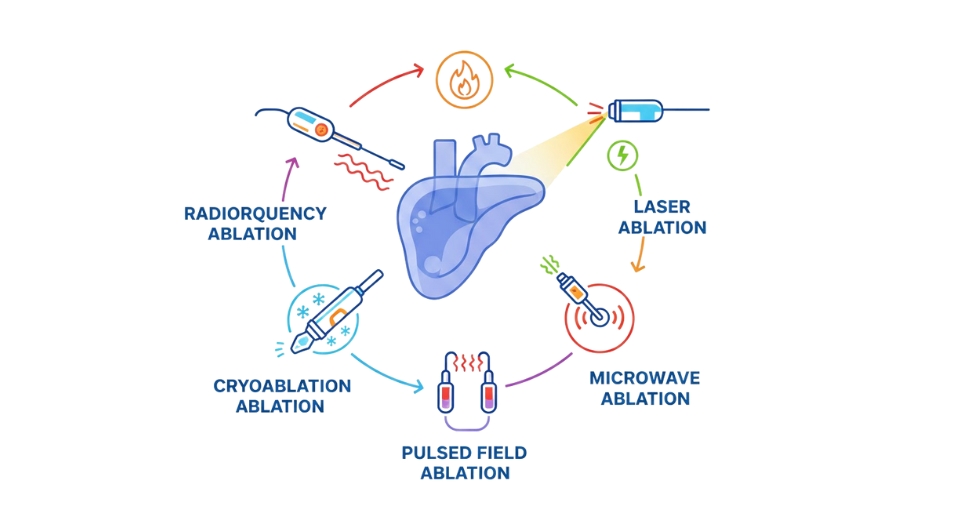

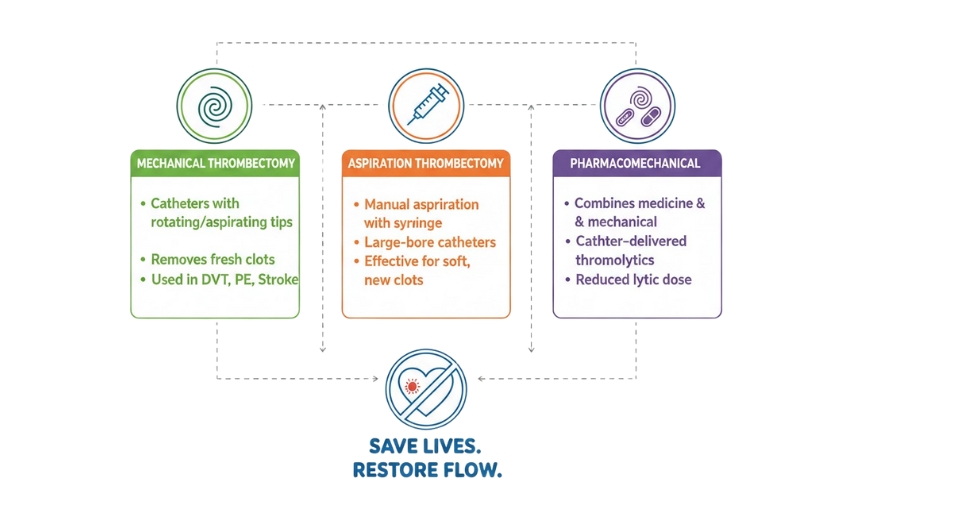
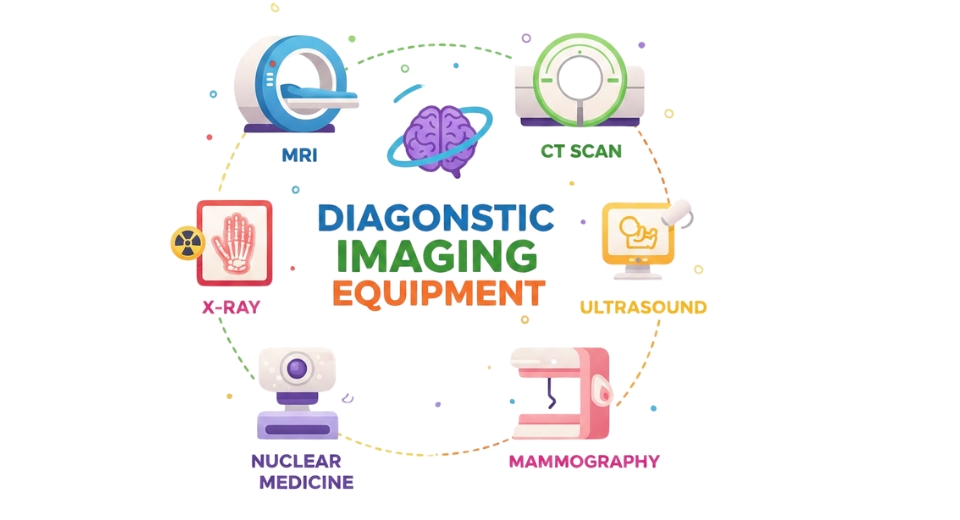

 US: +1 3023308252
US: +1 3023308252






